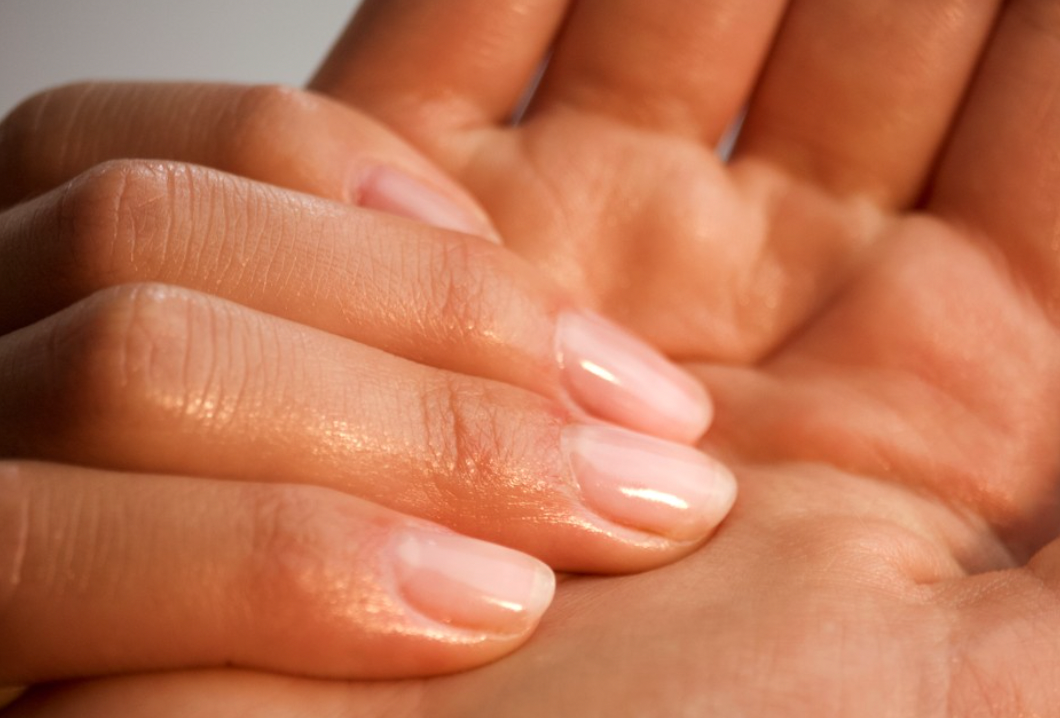Here’s everything you need to know about the skin’s microbiome
Bacteria has a bad rap, but while some are harmful, trillions of others are not. In-fact 39 trillion microbes (bacteria, viruses and fungi) live on our body, outnumbering human cells by 10 to 1, and together they make up our microbiome.
Just like our fingerprints our microbiome is totally unique, not even identical twins have the same microbiomes. This is because our own personal bacteria are affected by multiple factors - ranging from lifestyle choices, skincare regimes and diet, to how exposed you are to environmental aggressors like pollution.
But why is our microbiome so important? Well, the ultimate role of this ecosystem is to help the skin’s protective barrier function at its best, as well as train your immune system to manage inflammation. When the microbiome is damaged or lacking, skin becomes inflamed, sensitive, dehydrated, and prone to premature ageing, cue a loss of firmness, uneven skin tone, plus lines and wrinkles. It also leaves the skin defenceless against the invasion of pathogens such as the bacteria responsible for acne and eczema. When the microbiome is healthy our skin works the way nature intended, keeping moisture in, producing enough collagen and elastin and being subjected to a lesser amount of skin issues like acne, eczema, and psoriasis.
Yet despite the importance of nurturing our skin’s microbiome we’ve spent decades working against it, stripping our skin of these all-important microbes by using anti-bacterial products that kill not only the ‘bad’ bacteria that causes acne, but the good bacteria too. We’ve also been disrupting the skin’s pH (the measure of alkalinity or acidity), which plays an important role when it comes to how healthy our microbiomes are.
The key to cultivating a healthy, thriving microbiome for less inflammation and a stronger barrier is to use microbiome targeted skincare. These products will be laced with prebiotics - the substances that provide ‘food’ for the ‘good’ bacteria on your skin to keep your microbiome in perfect equilibrium. Probiotics - live cultures of good bacteria that act in much the same way as your own natural bacteria to boost your microbiome composition. And postbiotics - the by-products of live bacteria after it’s been gently killed by heat, like gold standard AHA, lactic acid, plus peptides and proteins – all of which have age reversing benefits while helping to balancing the skin’s microbiome. They should also leave skin in that pH sweet spot that lies between 4.7 and 5.75.
But do you and your clients need to ditch all your skincare to achieve equilibrium? Not at all. There is a much better understanding of the microbiome now than there ever was, so you’ll likely find that some of your skincare is already microbiome friendly. And the antibacterial products that are a must for professionals can be counteracted by simply rewilding your clients skin with pre/pro and postbiotic last aftercare.

